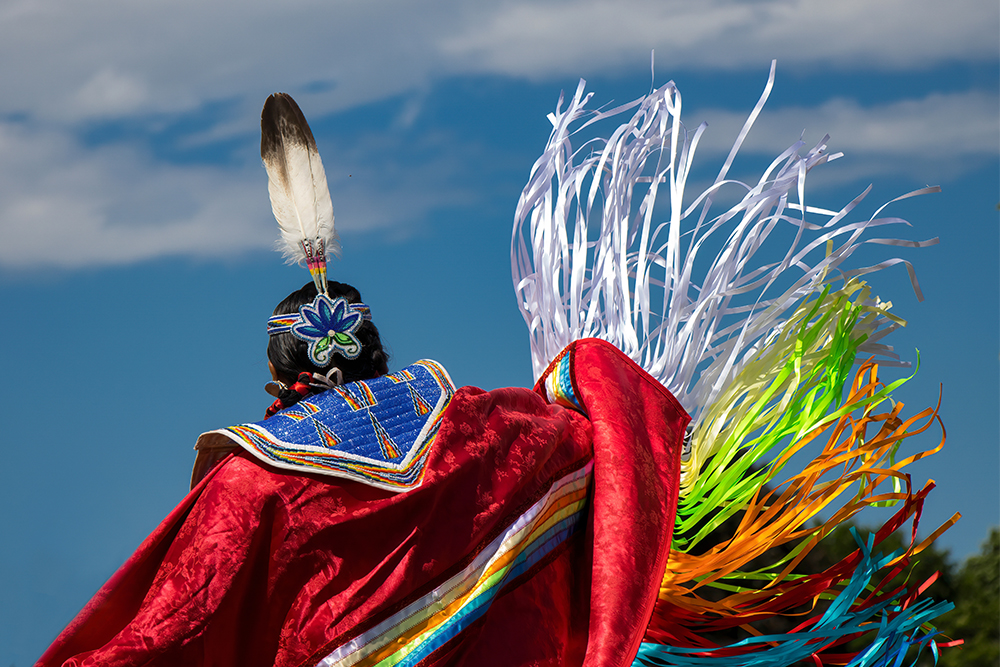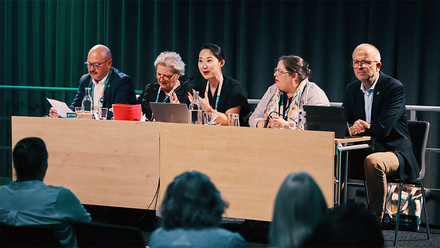6 strategies to support Indiginisation

When we talk about Indigenisation, we refer to the process of enhancing education to include invaluable Indigenous knowledge, culture, beliefs and practices within course curricula, student services, administration, among others. Around the world, Indigenous peoples continue to face challenges in receiving an education that reflects their cultural heritage, especially in higher education, as mainstream educational curriculum fails to highlight the negative aspects of colonisation and the challenges Indigenous peoples continue to face. So, for those of us working towards actively internationalising our campuses and curricula, how can we do so in a way that at the same time respects the knowledge and cultures of Indigenous peoples worldwide?
The last year has been heart-breaking for Indigenous peoples in Canada and worldwide, as unmarked graves containing hundreds of Indigenous children were found in 2021: 215 bodies in the Canadian province of British Columbia, and 751 in the province of Saskatchewan, with unknown numbers still to be located across Canada. The revelation of these graves highlights one of the many negative impacts that colonisation has caused in Canada, and in other colonised regions. The consequences of colonisation still have impact today and call for a greater focus on decolonising educational curricula and supporting campus Indigenisation. This can help develop our awareness, as many non-Indigenous peoples are incognisant of the history, culture and traditions of Indigenous peoples.
So, what can we do to support Indigenisation in our higher education institutions? Below is a selection of strategies for doing so, based on the feedback and guidance received from the authors’ work with Indigenous partners at the University of Ottawa.
1) Expand your knowledge
Get acquainted with the academic and artistic work of Indigenous peoples. Reading a novel written by an Indigenous writer is a great starting point to open your perspectives through an Indigenous lens. It will allow you to learn and discover Indigenous culture, history, traditions, experiences and stories. Including Indigenous literature from authors of other regions in the curriculum is a great way to support both internationalisation and Indigenisation.
2) Meet your local community
Is there an office at your university responsible for Indigenisation? Do you have an Indigenous Office or Student Centre? On many occasions, we tend to forget that there are resources already available to us. Visit your Indigenous Office, learn of the Indigenisation efforts that are being implemented at your institution and ask how you can be a part of them.
If your academic institution does not have a specific office, see if there are any local Indigenous communities or organisations you could reach out to. Another wonderful way to engage with local Indigenous communities is through events or festivals in your region, which can often be found online.
3) Do your research
Whether you are an academic faculty member or an administrative staff member, look online for scholarly publications on Indigenisation. Learn what initiatives other institutions are promoting. You might be able to find your counterpart at another institution that is already working on Indigenisation, either within their course curriculum or student services.
4) Involve Indigenous people
If you are working on an Indigenous project, make sure you involve Indigenous people right from the beginning. Make them part of the consultation process and get community consensus. The best way to approach this is to work on building a relationship before you start any projects. Reach out to have a conversation and get to know them; the key to a healthy relationship is reciprocity, so start with introducing yourself and getting to know people.
Educators and researchers tend to come up with and work on great ideas, and once they are almost finalised, they reach out to Indigenous people for input. By instead involving Indigenous people from the beginning, you will ensure that the initiative has the appropriate Indigenous approach and that it will meet the needs of your students, academic faculty, administrative staff, and local community.
5) Find one passion and focus on it
While some may say that we have come a long way towards addressing the damages done by colonialism, today’s reality is that we are not there yet. Once you do your research, you will see that there are many challenges and issues that we still need to address, and it may be overwhelming to you. However, you do not need to do everything! Instead, look for one initiative that resonates with you, one thing that you are passionate about. This way, you will be putting all your energy and efforts into something that you are passionate about and will keep you motivated.
6) Listen to Indigenous educators
One good example is Dr Shauneen Pete. During her time at the University of Regina as Executive Lead of Indigenisation, Dr Pete shared 100 ways in which academic institutions can Indigenise and decolonise academic programmes. Her work provides a comprehensive approach to Indigenisation that any interested higher education institution can implement.
We hope that these experiences and tips will help you, whether Indigenisation is new to you and you’re not yet sure how to approach it, or you are already leading Indigenisation initiatives. Remember, you want to ensure that your efforts are effectively supporting Indigenisation at your institution.






